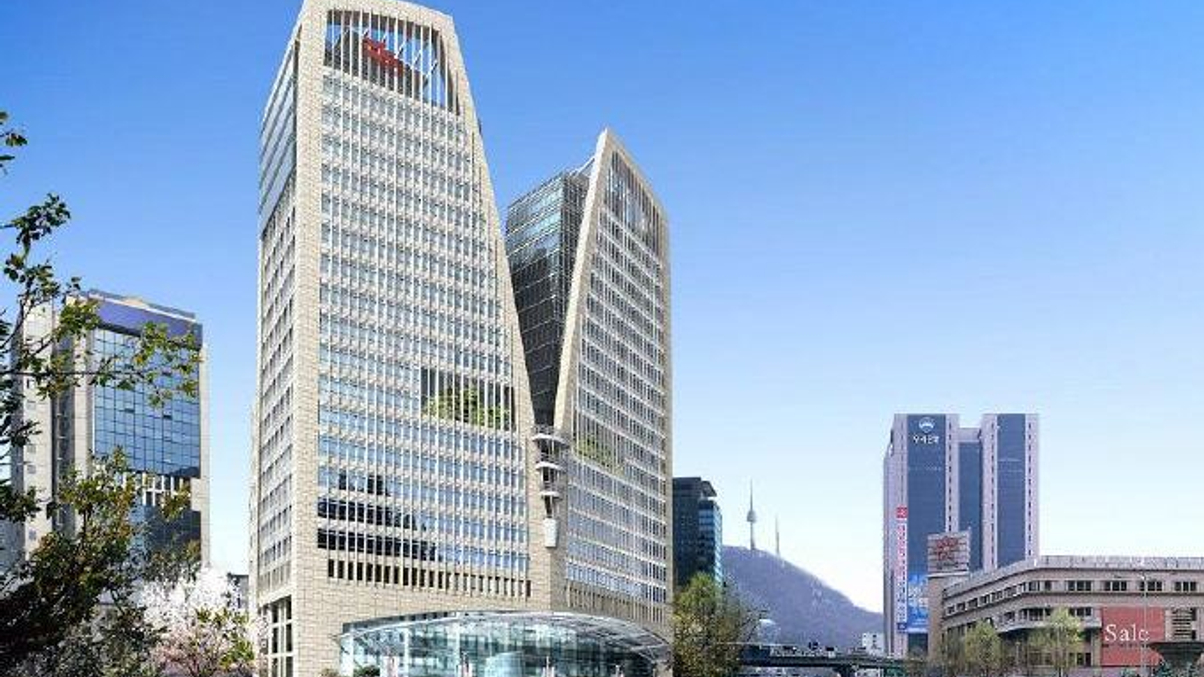Korean instos warm to hedge funds
Market volatility may boost hedge fund allocations among the country's institutional investors. A recent Korea Post Insurance mandate reflect rising demand for the asset class.

Asian hedge fund allocations appear to be picking up from a low base as mainstream markets turn more volatile, with Korean institutional investors among the latest to heed the siren's call, despite relatively weak recent returns.
Sign In to Your Account
Access Exclusive AsianInvestor Content!
Please sign in to your subscription to unlock full access to our premium AI resources.
Free Registration & 7-Day Trial
Register now to enjoy a 7-day free trial—no registration fees required. Click the link to get started.
Note: This free trial is a one-time offer.
¬ Haymarket Media Limited. All rights reserved.


